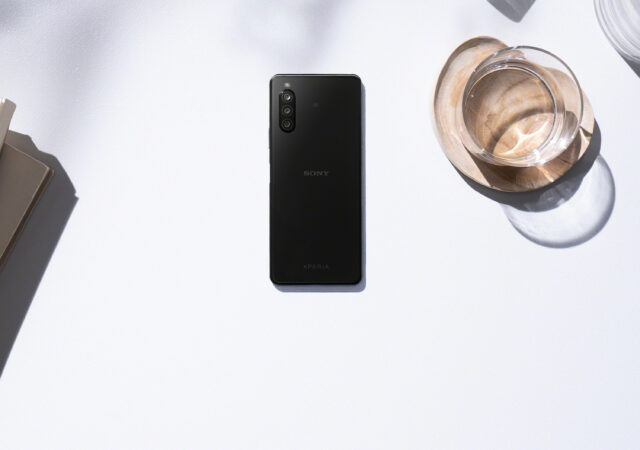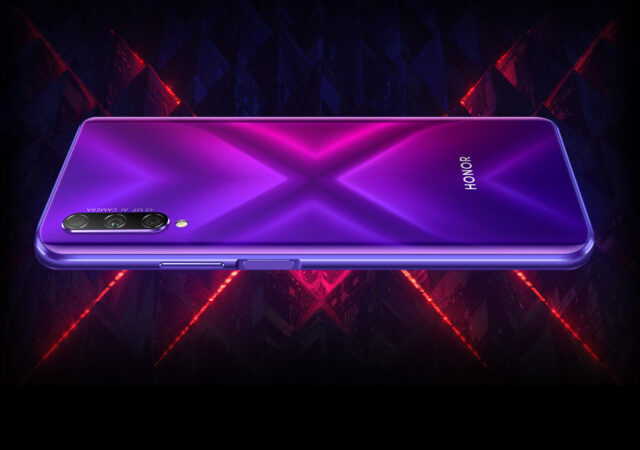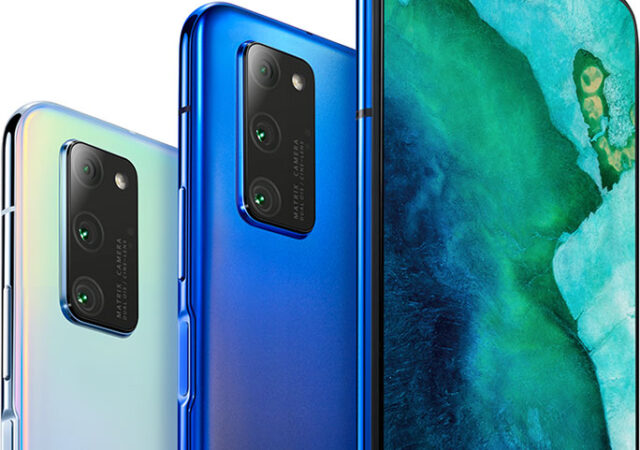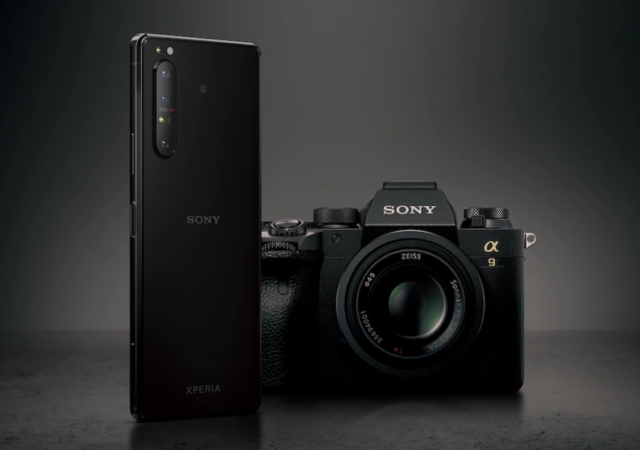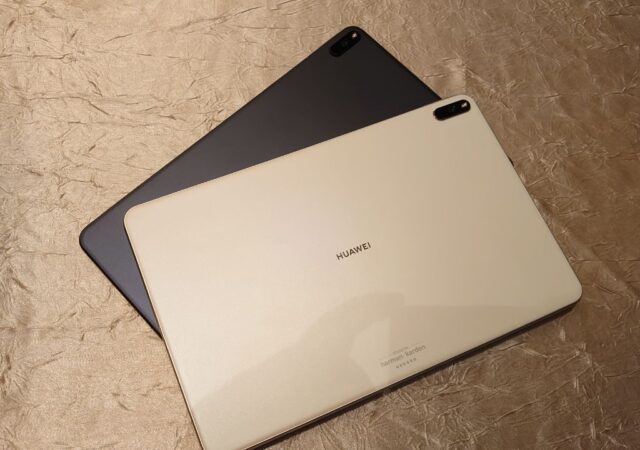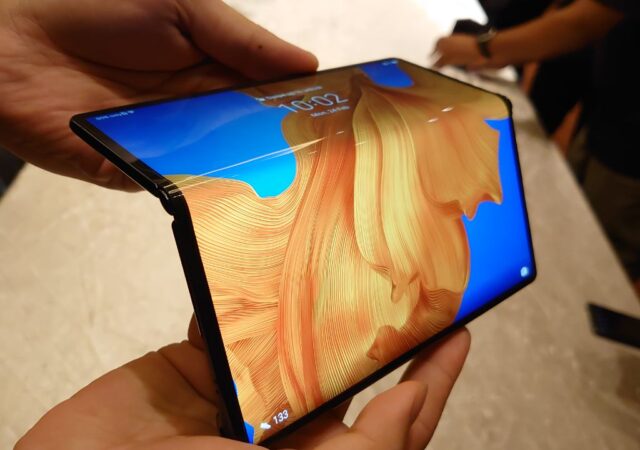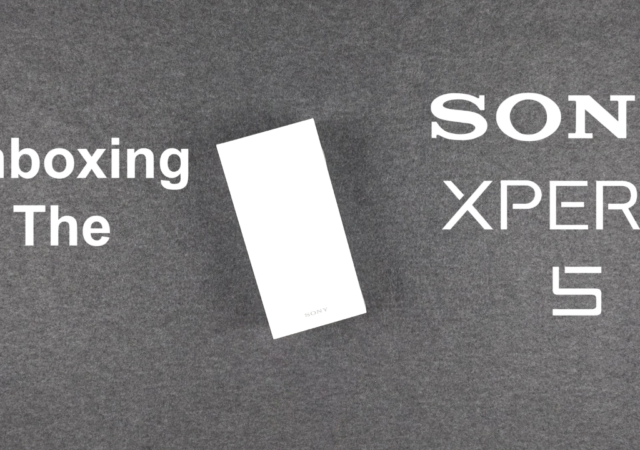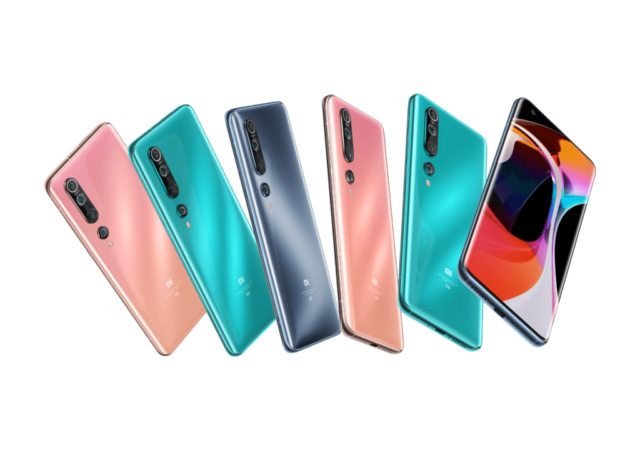The original Sony Xperia 10 launched along side the original Xperia 1 last year at MWC. It was Sony’s latest attempt at creating a mid-range device which would allow new users to jump on board their ecosystem. It’s also the…
HONOR 9X Pro Launched – Little Things Matter
HONOR has launched the HONOR 9X Pro globally. The HONOR 9X Pro is meant to be HONOR’s latest mid-range champion delivering great power at great value. The device is powered by a flagship class Kirin 810 paired to 8GB of RAM and 256GB of storage.
HONOR View30 Pro – Creator Grade Videos Made Possible
The HONOR VIew30 Pro is here to replace the HONOR View20 Pro. The new flagship comes with a powerful Kirin 990 SoC ready for 5G connectivity in the future. The device is expected to be available globally March 2020 onward.
Samsung Find My Mobile Notification was a Data Breach
Update (26 February 2020): Samsung has reached out to SamMobile to clarify that the data breach wasn’t related to the Find My Mobile notification. Instead, the data breach was an isolated incident which occurred on the UK Samsung website. According…
Sony Unveils Xperia 1 II; Made for Creators
Sony hasn’t really been one of the top contenders in the market when it comes to smartphones. However, the company did turn heads with their Xperia 1; a smartphone which (finally) brought together Sony’s many strengths into a single, sleek,…
HUAWEI MatePad Pro – Built To Unleash Your Creativity On-the-Go from EU€ 549!
The HUAWEI MatePad Pro was announced globally in Barcelona. The new tablet device are made for the creative industry and meant to be used with the M-Pencil. It starts at EU€ 549 and tops out at EU€ 949.
The HUAWEI Mate Xs Getting in on The Fold!
The HUAWEI Mate Xs has just launched globally. The new foldable device packs HUAWEI’s HiSilicon Kirin 990 SoC, 8GB of RAM and 256GB of storage. You can use it as a 6-incher smartphone or even an 8-incher if you like. It will be available in select markets globally for EU€ 2,499.
Sony Xperia 5 Unboxing
#Sony announced their #Xperia5 late last year; Impressing most of the #tech world with its specifications and its slender form. The Xperia 5 comes with a Snapdragon 855 and 6GB of RAM. The smaller 6.1-inch screen retains the 20:1 aspect…
Xiaomi Mi 10 Series Unveiled!
Just nine months after the release of their flagship phone and four different products after that, the Chinese manufacturer known for their value-for-money smartphones, Xiaomi is already launching a new flagship phone for the year 2020. New year; new flagship,…
Samsung Galaxy S20 (Cloud Blue) Hands On
Samsung’s new Galaxy S20 series comes in three colours. techENT goes hands on with the Cloud blue variant.



